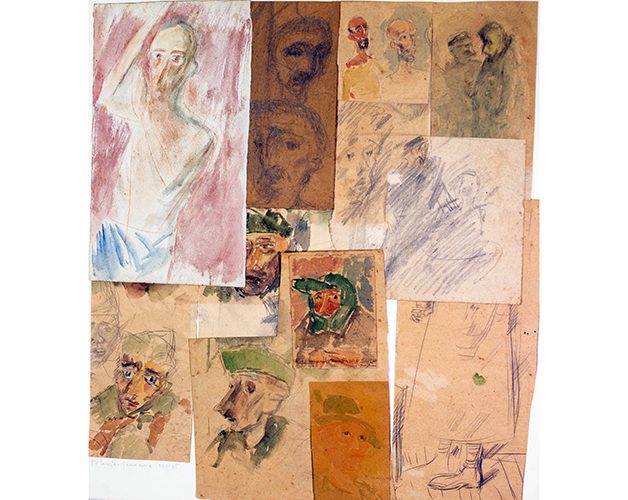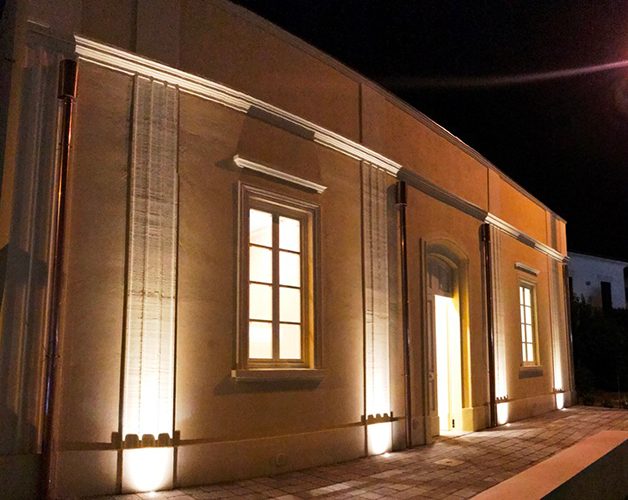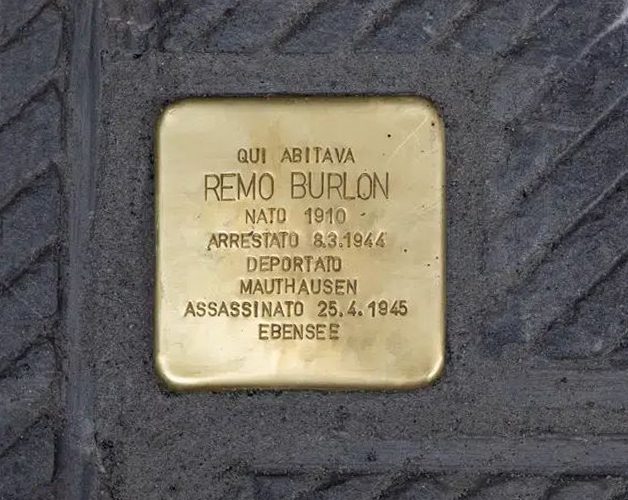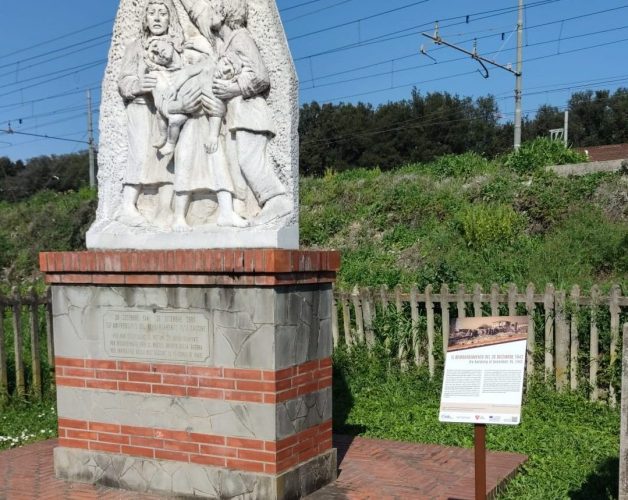In 2018, the President of the Republic, Sergio Mattarella, awarded the city of Empoli the Medaglia d’Oro al merito civile [Gold Medal for Civil Merit] for the courage and firmness of the community of Empoli in opposing the fascist dictatorship, for its contribution to the Resistance through local partisan groups and, no less, for the high price in terms of human lives paid by citizens killed in retaliation, killed in bombings or deported to extermination camps. Empoli preserves and passes on these values, providing education and communication initiatives that involve students young and old throughout the year. The city’s geography today is dotted with monuments and places related to memory. Let’s explore these together!
Part of the the Empoli Mu6ei [6 Museums] system and currently housed in the Palazzo Comunale [Municipal Building] on Via Giuseppe Del Papa, this gallery was established in 1974 by the Municipal Council with the aim of sparking the interest of the younger generations regarding the Resistance,and also promoting knowledge of local modern art from Empoli and Tuscany. In fact, there are numerous works by artists from Empoli such as Virgilio Carmignani and Gino Terreni, who tackle the heavy legacy of the Second World Conflict with different sensibilities and expressive methods.


This building has a great historical and symbolic value: in what was once the Casa del Fascio [House of the Fascist Party] inaugurated in 1932 in the ward of Santa Maria a Ripa, today has been turned into a meeting place for all the anti-fascist and democratic associations of Empoli. Opened on 20 December 2019, the House is a living and vital space that hosts exhibitions, debates and conferences on issues related to the values of memory, democracy and anti-fascism.
As you walk around the city you might notice them, small stones covered with a brass plaque, set into the pavement. These are the stumbling blocks, and in Empoli too, there will be one for each of the 47 citizens deported to the Nazi extermination camps who never came home. In 2022, the first 21 stones will be installed in memory of the citizens of Empoli who worked at the Vetreria Taddei glassworks and who were deported for the sole crime of having joined the strike of 4 March 1944. Small but meaningful symbols to keep alive the memory of the individuals who became part of the collective tragedy at their own expense.


This itinerary, created under the auspices of the Erasmus Plus project in parallel with the Austrian city of Sankt Georger an der Gusen, which has been twinned with the Municipality of Empoli since 1997, highlights the city’s main places of memory, presenting its history and proposing for each one a related article from the Universal Declaration of Human Rights. With dedicated signs, monuments, piazzas and buildings in the centre and the smaller villages, they become ‘narrating objects’, witnesses, no longer silent, to the events of our recent history.
